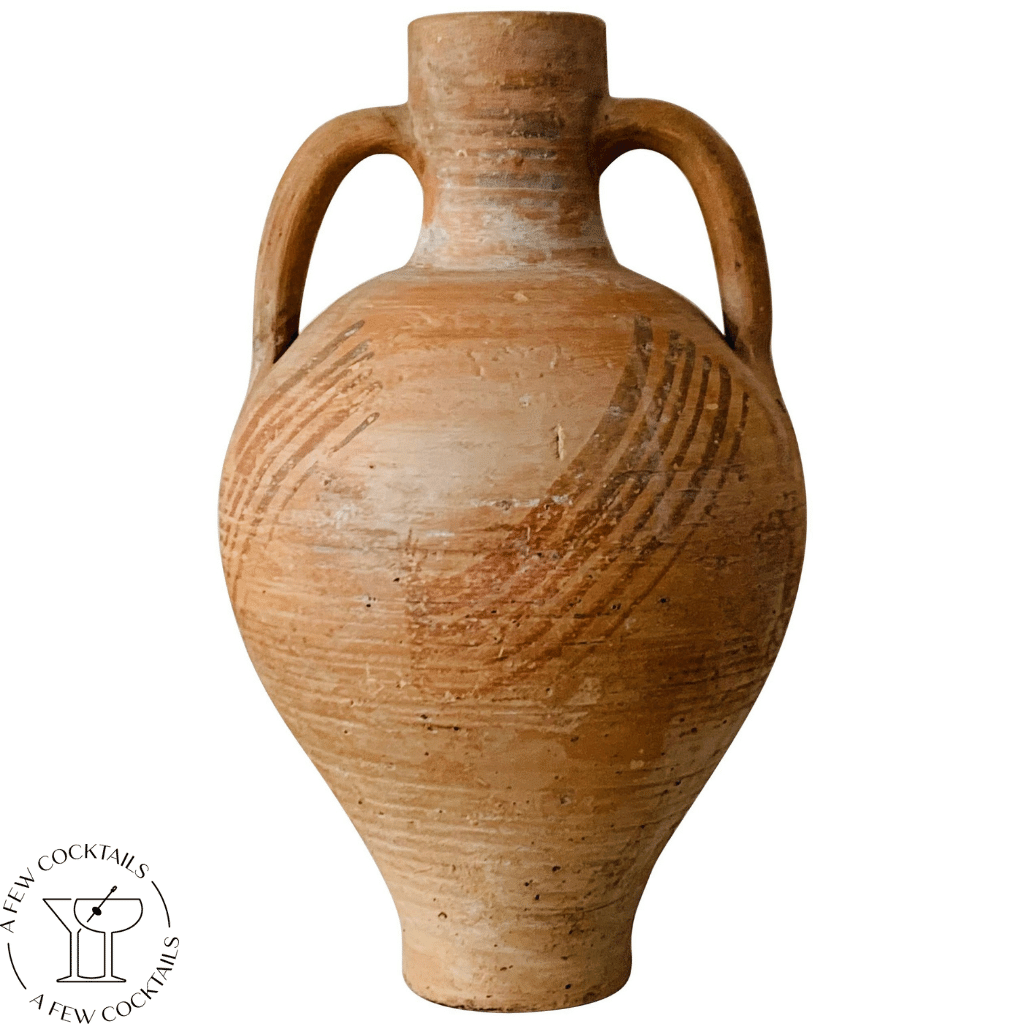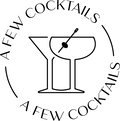History of Mezcal
The warm smokey flavor combined with a tingling sensation as the mezcal passes your lips is a uniquely special feeling. Mezcal, at least in the United States, has been having a special moment in the cocktail world. Prized for its uniqueness, mezcal cocktails have taken the high-end bar world by storm. Even twenty years ago, you wouldn't have seen Mezcal on most menus. In fact, you would have on seen cheap generic tequila with little flavor and often mixed with an overly sugary margarita mix.
But where did Mezcal come from? What is the history of Mezcal?
First, What is Mezcal?
Mezcal is a distilled alcoholic beverage that is derived from any type of agave plant. Or in layman terms, a liquor that is made from agave. Traditionally, Mezcal is made in Mexico and is known for its smokey flavor. Mezcal is specifically derived from the heart of the agave plant, known as the pena.

Mezcal Origin
But where did this delicious liquor come from? It didn't magically appear...or did it? A popular myth amongst the native and Mexican people is that a lightning bolt struck an agave plant, instantly cooking and opening up the plant releasing its delicious contents. The native peoples referred to the liquor as "Elixir of the Gods". I would tend to agree with them based on flavor but disagree because of how it makes me feel on a Sunday morning. Just kidding.
Prior to the creation of Mezcal in Mexico, the primary form of liquor was the distillation of coconut sap. Eventually the colonial Spanish government banned the sale and creation of "vino de coco" due to the competition with imported Spanish spirits. The local populace then effectively said...okay we can't get drunk on coconuts...let's drink something something else. The indigenous peoples were already drinking "mexcales" so it was a natural fit to shift production to Mezcals.

Throughout colonial Spanish rule and independent Mexico, there were frequent mentions of Mezcal by travelers noting it sharp but delicious flavor. The cultivation of the agave plant eventually spread from the coastal basins up into the highlands in Jalisco. Jalisco would give rise to Mezcal's more popular cousin tequila. But we'll dive deeper into that story in another chapter.
The popularity of Mezcal grew steadily over time. Small production of the agave plant eventually gave way to larger production. Eventually in 1994, the production of Mezcal became regulated by the Appellation of Origin, which assigned a geographic identity as well as a production process on how to make Mezcal properly.
How is Mezcal Made?
The creation of Mezcal dates back to the indigenous peoples, in fact the early process of creation of Mezcal was described as "Another intoxicant, more effective than túlapai, is made from the mescal—not from the sap, according to the Mexican method, but from the cooked plant, which is placed in a heated pit and left until fermentation begins. It is then ground, mixed with water, roots added, and the whole boiled and set aside to complete fermentation. The Indians say its taste is sharp, like whiskey. A small quantity readily produces intoxication."
They would serve the Mezcal out Cantaro jars like the image below.

Today the process is more standardized but is still reliant on old tradition. Check out the steps below
-
First harvesting the Agave Plants and extracting the Pena or heart
-
Then the Pena is cooked for around three days and covered in Earth
-
The oven cooked agave plant is then crushed and mashed and left to ferment with added water. The cooking process is what gives Mezcal the smoky flavor.
-
Mezcal is then fermented anywhere from one month to 12 years. The more standard fermentation is between 1 year and 4 years.

MYTH : All Mezcals contain a worm. This is actually false. While some Mezcals do add a worm or larva to the batch, it's generally considered a marketing ploy.
What is Mezcal Made From?
Mezcal and tequila are both made from the agave plant. The agave plant is a distinct looking plant with sharp edges and soft gooey interior. The interior of the leaves is actually a great source of Aloe Vera in case you get a bad sunburn. The below image is of Blue Agave which is generally used for Tequila. The bulk of the production occurs in Oaxaca, Mexico.

What is the Agave Plant? How is Cultivated?
The agave plant while naturally occurring in the wild, is now grown and cultivated similar to a vineyard. The agave plant generally prefers a warmer climate that is found throughout Mexico and up to California. The Mezcal spirit is distilled and produced from the cooked agave. Mezcal can be made in most parts of Mexico.

What is the Difference Between Mezcal and Tequila?
The general difference between Mezcal and tequila is the region in which its produced as well as the production process. Tequila must be produced in Tequila, Mexico or Jalisco. Tequila also is derived from Blue Agave whilst Mezcal can be distilled from other agave varietals.
What is the Alcohol Content of Mezcal?
The alcohol content of Mezcal generally depends on the age of the distilled liquor. Generally, the first distillation known as ordanario, is around 37.5% alcohol. While the alcohol content of Mezcal aged 12 years can be as high as 55%.

Best Drinks with Mezcal?
We highly recommend most cocktails with Mezcal
Try our Spicy Margarita. A perfect blend of Citrus and spice.

Interested in More Cocktail History?
The History of Cocktails can be fascinating...from the Coupe Glass being designed by Marie Antoinette's breast...or was it?
Or interested in America's first bartender Jerry Thomas?
Let us know your favorite Mezcal drinks below!













Leave a comment